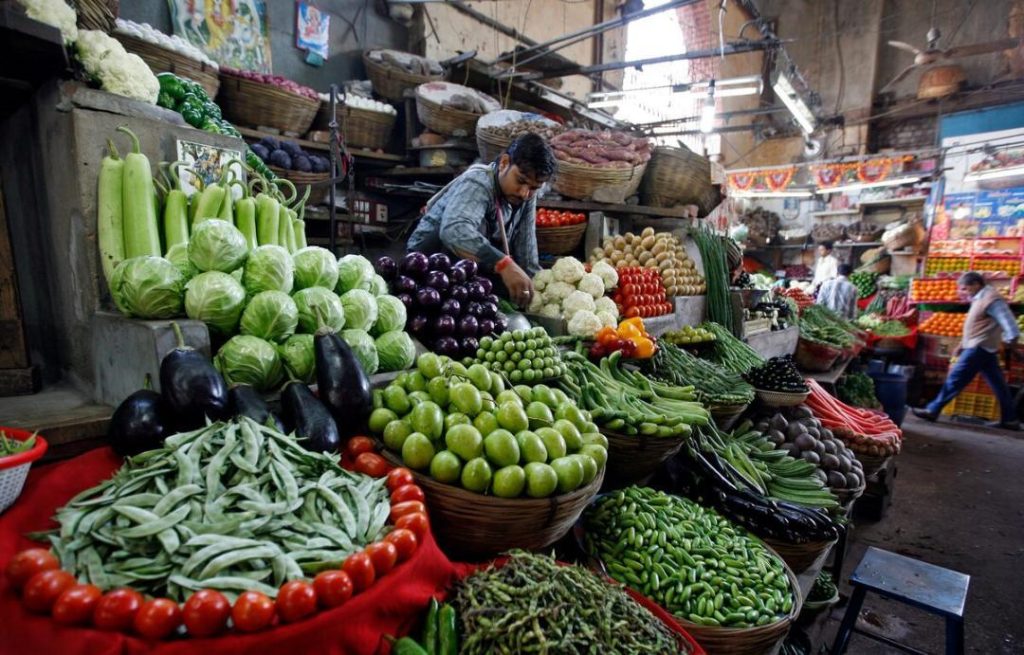
Title: Which items saw highest & lowest inflation in January?
As the economy continues to navigate the complexities of inflation, it’s essential to stay informed about the latest trends and patterns. In January 2025, India witnessed a mix of high and low inflation rates across various commodities. In this blog post, we’ll dive into the top five items showing the highest year-on-year inflation and the key items experiencing the lowest year-on-year inflation.
Highest Year-on-Year Inflation:
According to a recent report by Moneycontrol, the top five items showing the highest year-on-year inflation at the all-India level in January 2025 are:
- Coconut oil (54.20%): Coconut oil has seen a significant surge in prices, with a year-on-year inflation rate of 54.20%. This could be attributed to the growing demand for healthy and sustainable alternatives, paired with supply chain disruptions and production constraints.
- Potato (49.61%): Potatoes are a staple food item in many Indian households, and their prices have risen substantially. The year-on-year inflation rate for potatoes stood at 49.61%, making them one of the most affected items.
- Coconut (38.71%): Coconut products, including oil, milk, and desiccated coconut, have seen a significant increase in prices. The year-on-year inflation rate for coconuts stood at 38.71%, highlighting the impact of supply chain disruptions and demand fluctuations.
- Garlic (30.65%): Garlic is a widely used spice in Indian cuisine, and its prices have increased significantly. The year-on-year inflation rate for garlic stood at 30.65%, making it one of the most affected items.
- Peas (vegetables) (30.17%): Peas are a popular vegetable in many Indian recipes, and their prices have risen substantially. The year-on-year inflation rate for peas stood at 30.17%, indicating a significant increase in prices.
Lowest Year-on-Year Inflation:
On the other hand, the key items experiencing the lowest year-on-year inflation in January 2025 are:
- Jeera (-32.25%): Jeera, also known as cumin, is a widely used spice in Indian cuisine. Its prices have decreased significantly, with a year-on-year inflation rate of -32.25%.
- Ginger (-30.92%): Ginger is another spice that has seen a significant decline in prices, with a year-on-year inflation rate of -30.92%.
- Dry chillies (-11.27%): Dry chillies are a staple ingredient in many Indian recipes, and their prices have decreased moderately, with a year-on-year inflation rate of -11.27%.
- Brinjal (-9.94%): Brinjal, also known as eggplant, is a popular vegetable in many Indian recipes. Its prices have decreased modestly, with a year-on-year inflation rate of -9.94%.
- LPG (-9.29%): LPG, or liquefied petroleum gas, is a common cooking fuel in many Indian households. Its prices have decreased slightly, with a year-on-year inflation rate of -9.29%.
Conclusion:
As the economy continues to navigate the complexities of inflation, it’s essential to stay informed about the latest trends and patterns. The top five items showing the highest year-on-year inflation, including coconut oil, potatoes, coconuts, garlic, and peas, have seen significant price increases. On the other hand, items like jeera, ginger, dry chillies, brinjal, and LPG have experienced a decline in prices. Understanding these trends and patterns can help individuals and businesses make informed decisions about their financial planning and investments.
Source:






